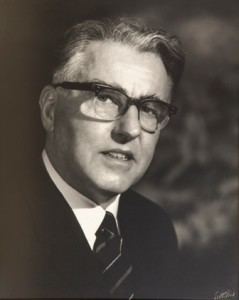Louis Harold Gray (10 November 1905 – 9 July 1965) was an English physicist who worked mainly on the effects of radiation on biological systems, inventing the field of radiobiology as he went. A summary of his work is given below. Amongst many other achievements, he defined a unit of radiation dosage which was later named after him as an SI unit, the gray.
1933 - Hospital physicist at Mount Vernon Hospital, London1936 - Developed the Bragg-Gray equation, the basis for the cavity ionization method of measuring gamma-ray energy absorption by materials1937 - Built an early neutron generator at Mount Vernon Hospital1938 - Studied biological effects of neutrons using the generator1940 - Developed concept of RBE (Relative Biological Effectiveness) of doses of neutrons1952 - Initiated research into cells in hypoxic tumors and hyperbaric oxygen1953 - Established the Gray Laboratory at Mount Vernon Hospital1953 - 1960 - Under Gray's direction, Jack W. Boag developed pulse radiolysis1962 - Ed Hart, of Argonne National Laboratory, and Jack Boag discovered the hydrated electron using pulse radiolysis at the Gray Laboratory - This discovery initiated a new direction of research that is still very active today and is vital for understanding the effects of radiation on biological tissue, for instance in cancer treatment. 
